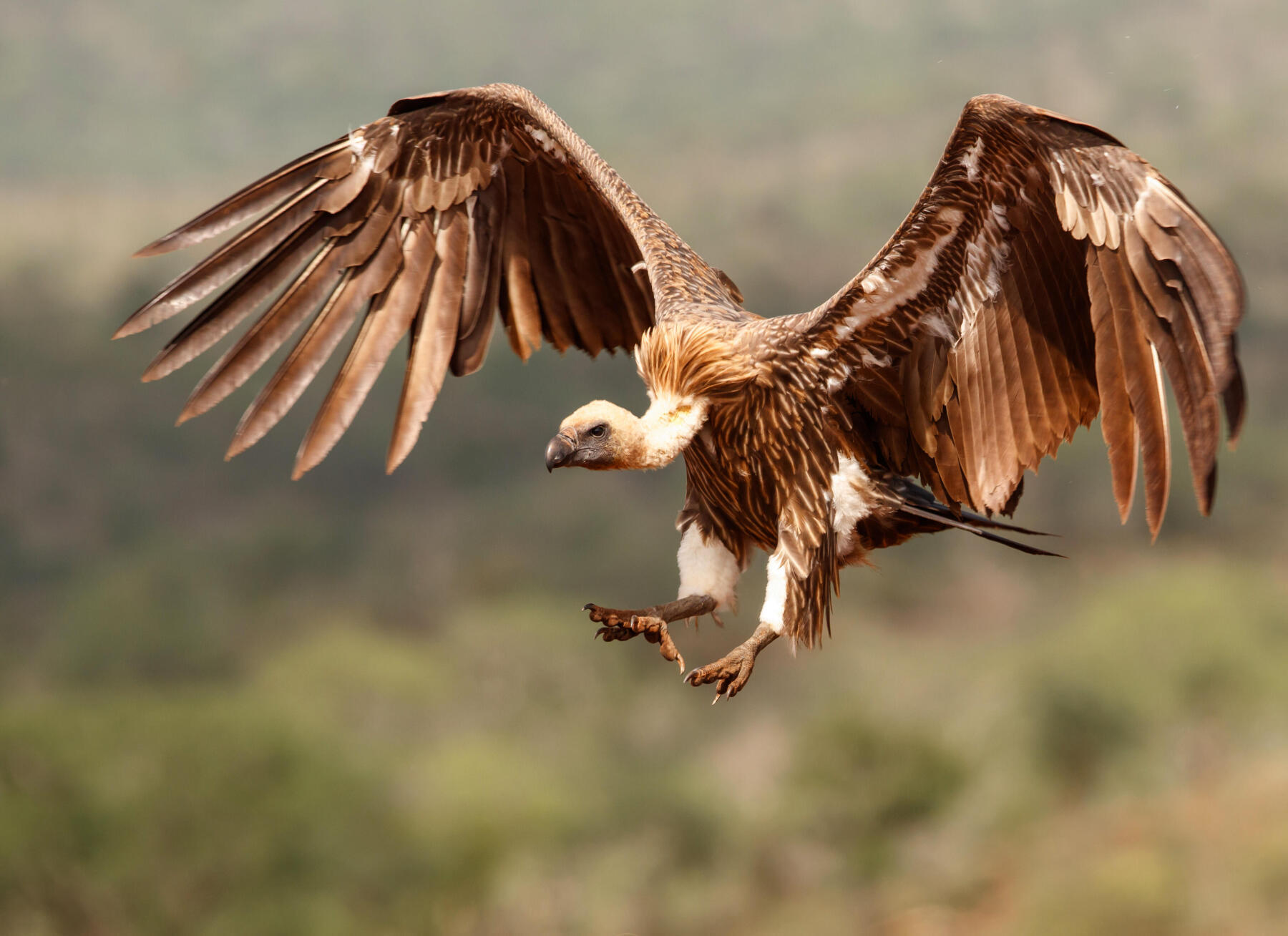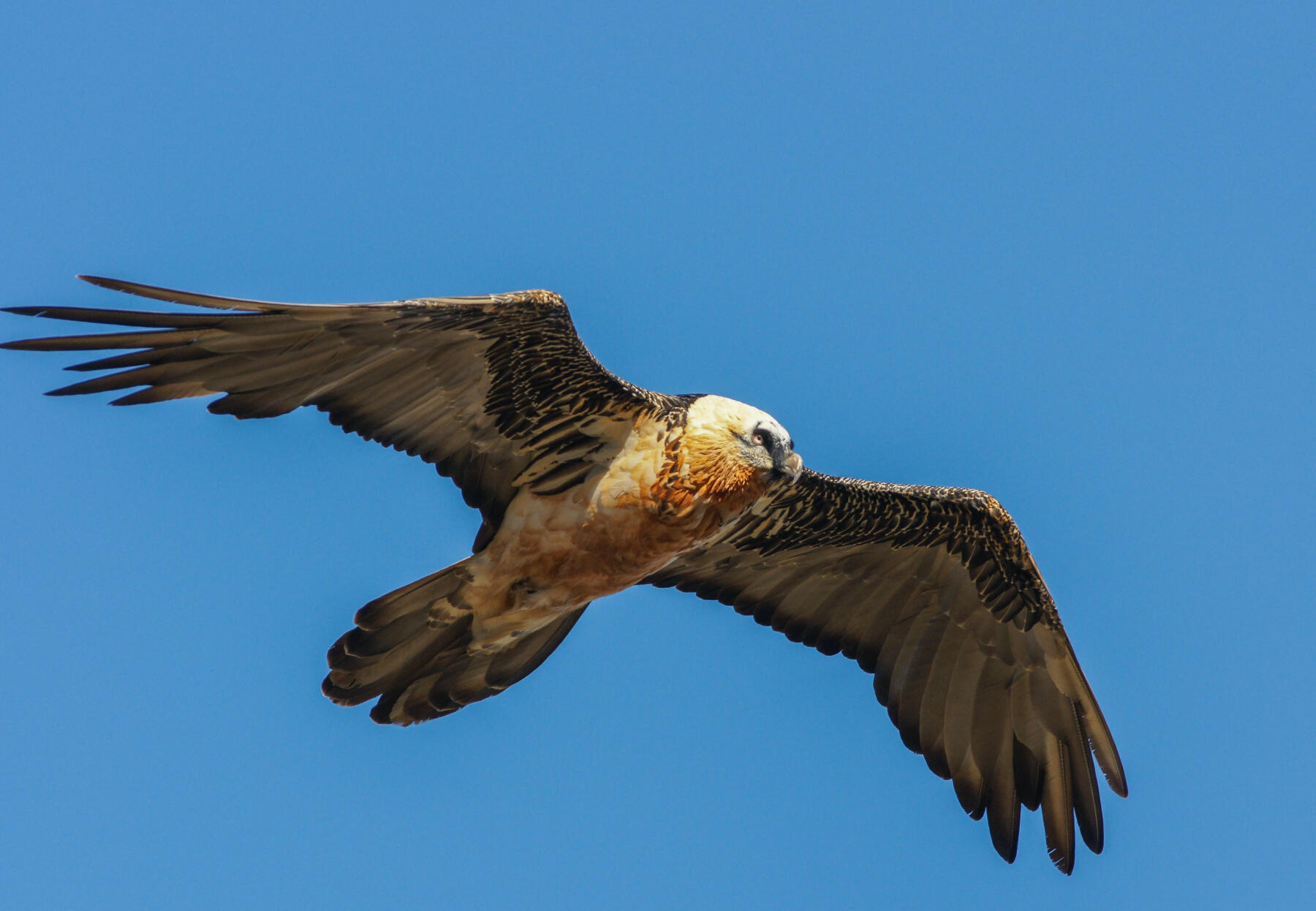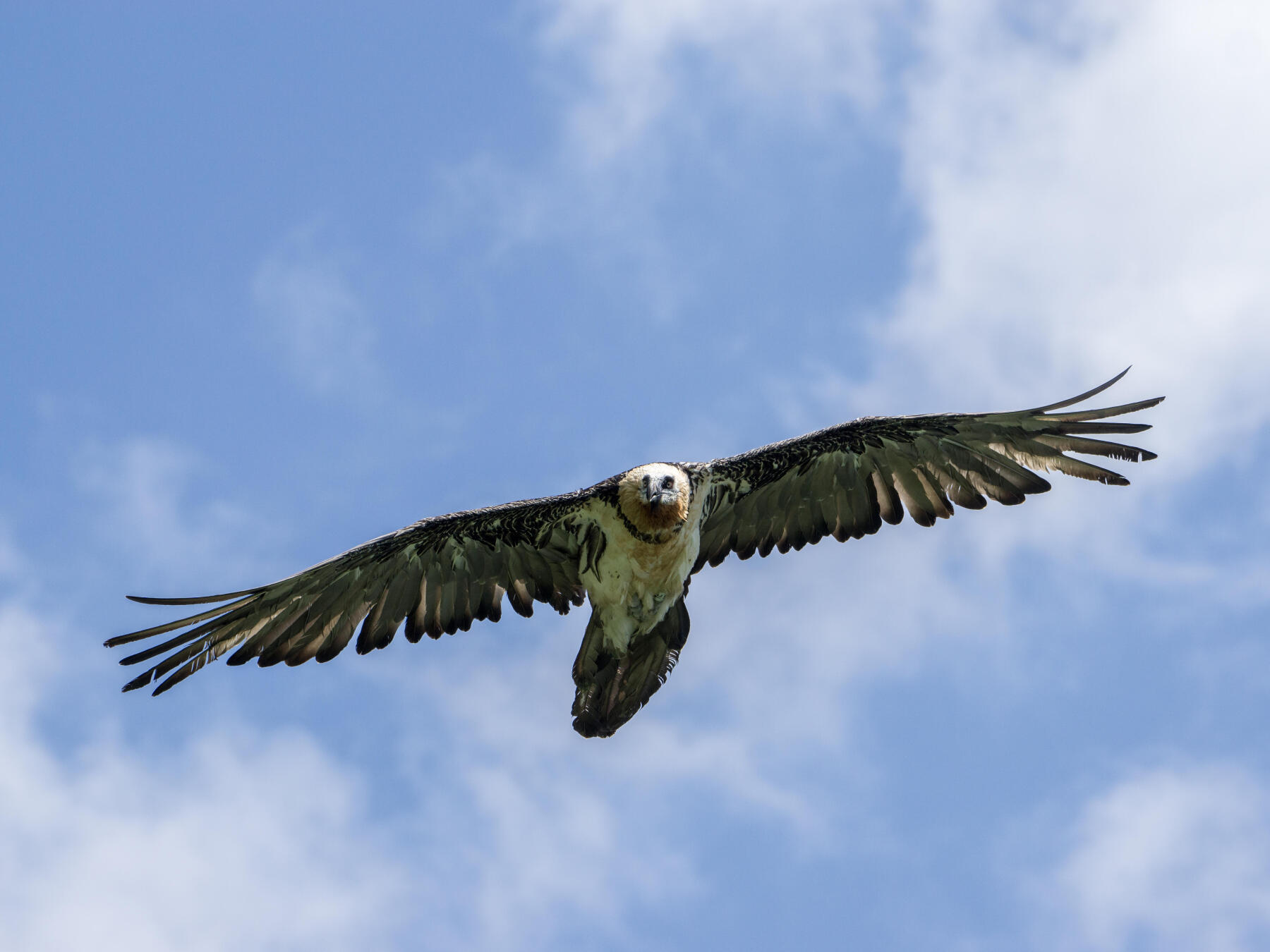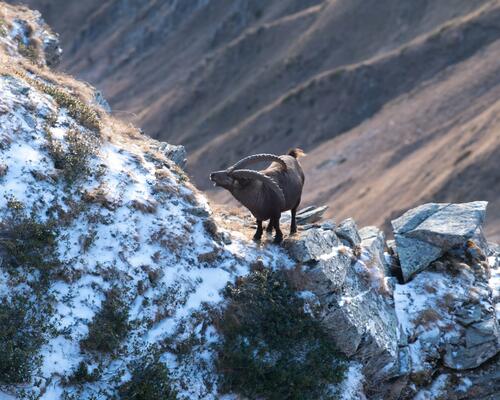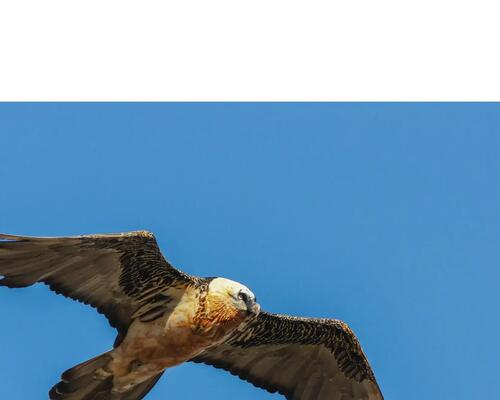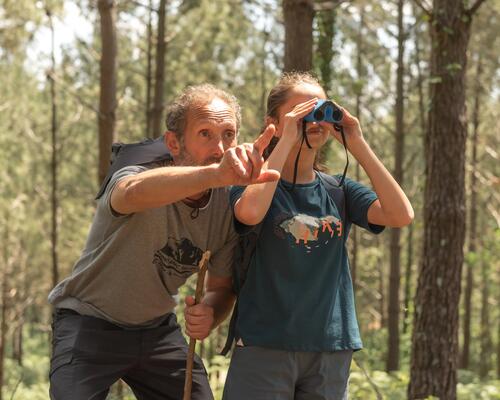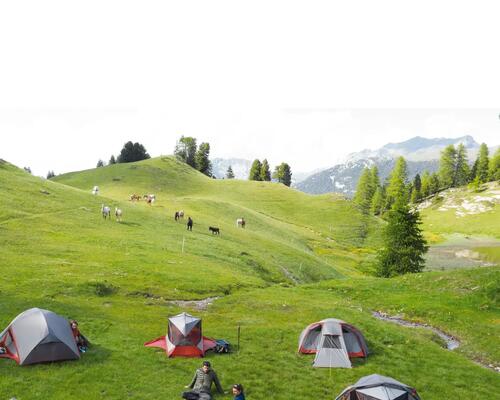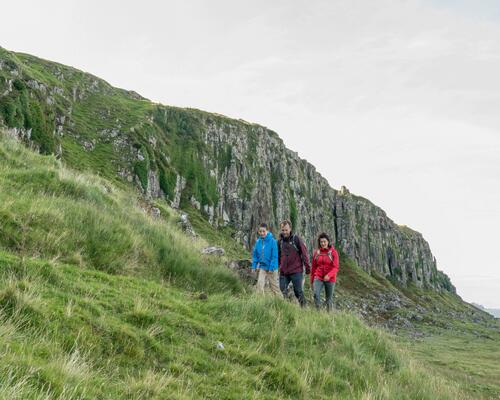Alone or in a group?
These two kings of the sky can be found easily in our French mountains in summer. Their large wingspan lets them glide almost indefinitely over thermal currents with the wind. With an average wingspan of 2.6 m, the griffon vulture often travels in groups of several birds. It's not rare to see colonies of several dozen circling in the sky looking for food.
The bearded vulture is much more discreet. It flies alone until reaching sexual maturity (7 years) then in a pair and this is one way to identify it: if there are more than two then they are likely griffon vultures.

